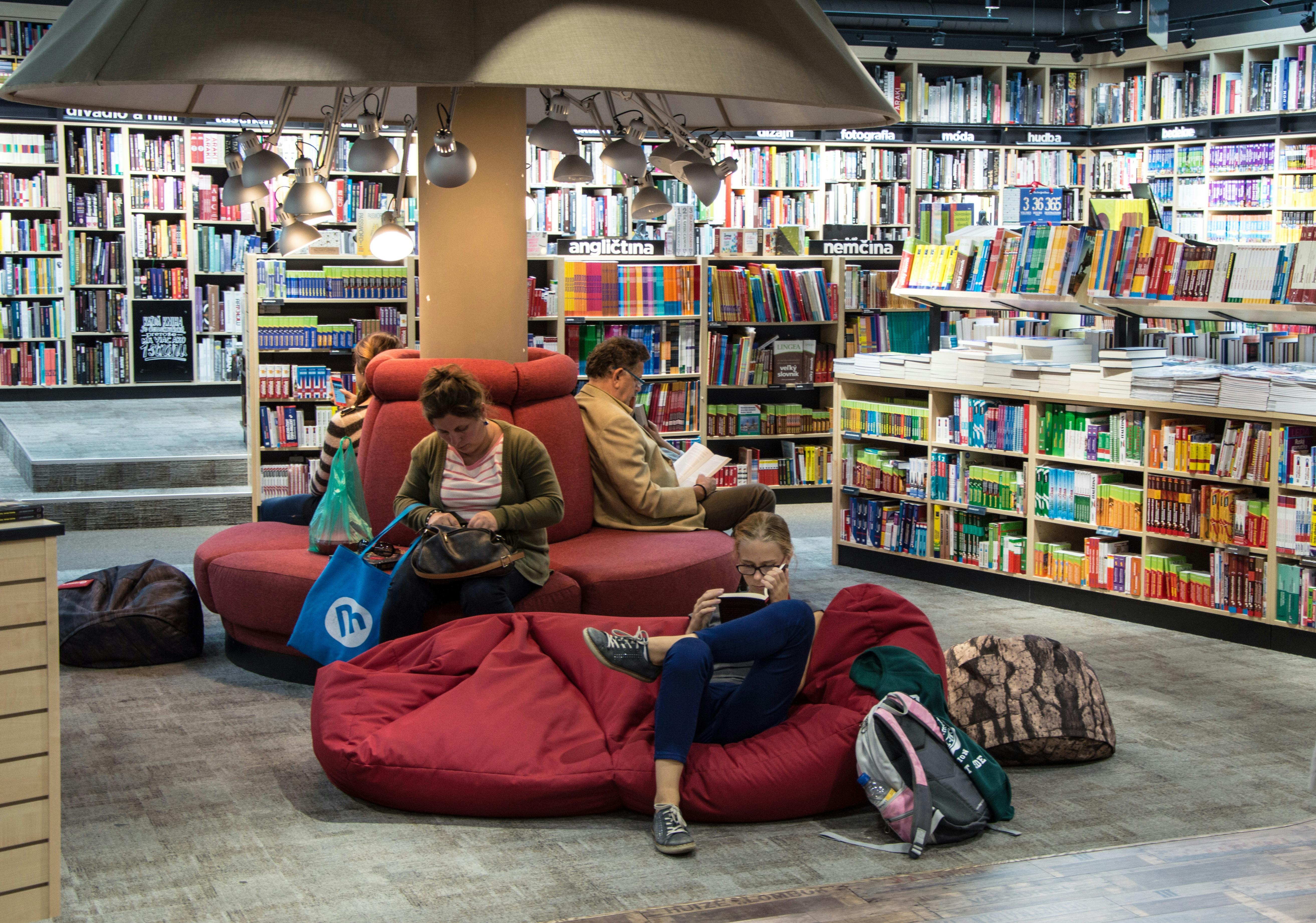
When we think about mathematics education, we often imagine students working with numbers, equations, and abstract concepts. However, integrating visual arts into mathematics instruction can transform how students engage with and understand mathematical principles. This approach not only makes learning more enjoyable but can also lead to deeper comprehension and retention of mathematical concepts.
The Natural Connection Between Math and Art
Mathematics and visual arts share fundamental elements: patterns, spatial relationships, symmetry, and proportion. Both disciplines require creative problem-solving and analytical thinking. Artists use mathematical principles (often intuitively) in their work, while mathematicians frequently describe the elegance of equations in artistic terms.
This natural connection provides a rich opportunity for educators to bridge these disciplines in ways that enhance student learning. By leveraging the visual and creative aspects of art, teachers can make abstract mathematical concepts more concrete and accessible.
Research-Backed Benefits
Multiple studies have demonstrated the effectiveness of integrating visual arts into mathematics instruction:
- A 2018 study published in the Journal of Educational Psychology found that elementary students who participated in arts-integrated mathematics lessons showed a 22% improvement in mathematical problem-solving compared to control groups.
- Research from the University of California found that visual arts activities helped students develop spatial reasoning skills, which are strongly correlated with mathematics achievement.
- A longitudinal study of middle school students showed that those who experienced arts-integrated mathematics curriculum maintained their mathematical knowledge better over summer breaks.
Practical Applications in the Classroom
Here are several effective ways to integrate visual arts into mathematics instruction:
1. Geometric Art Projects
Students can create tessellations, fractals, or geometric designs that require them to apply principles of geometry, measurement, and spatial reasoning. Creating mandalas, for example, involves concepts of rotational symmetry, angles, and proportional relationships.
2. Data Visualization
Rather than creating standard graphs and charts, students can develop creative and artistic ways to represent data. This approach not only reinforces statistical concepts but also encourages students to think critically about how to communicate information visually.
3. Proportion and Scale in Art
Activities involving scaling artwork up or down require students to work with ratios, proportions, and measurement. Students can recreate famous artworks at different scales, requiring careful calculation and application of proportional reasoning.
4. Pattern Recognition Through Visual Art
Creating or analyzing patterns in artwork connects directly to algebraic thinking and function relationships. Students can design pattern-based artwork that follows specific mathematical rules or identify the rules governing existing patterns.
Case Study: Fibonacci Art Project
A particularly successful integration activity involves the Fibonacci sequence. In this project, students:
- Learn about the Fibonacci sequence and its mathematical properties
- Identify examples of the sequence in nature (shells, flower petals, etc.)
- Create spiral artwork based on the Fibonacci sequence
- Calculate and measure the precise dimensions needed for their art
- Reflect on the connections between the mathematical principles and their artistic expression
This project not only reinforces number patterns and sequence concepts but also connects mathematics to the natural world and artistic expression.
Overcoming Implementation Challenges
Despite the benefits, educators may face challenges when implementing arts-integrated mathematics lessons:
- Time constraints: Arts-integrated lessons may initially take longer than traditional instruction. Starting with smaller activities or collaborating with art teachers can help manage time effectively.
- Assessment methods: Traditional mathematics assessments may not fully capture the learning happening in arts-integrated activities. Consider developing rubrics that evaluate both mathematical understanding and creative application.
- Material resources: Art supplies may be limited in some schools. Many effective activities can use simple materials like paper, pencils, and rulers.
Conclusion
Integrating visual arts into mathematics education offers a powerful approach to deepen student understanding, increase engagement, and develop creative problem-solving skills. By leveraging the natural connections between these disciplines, educators can transform mathematics from an abstract subject to one that students can see, touch, and create.
As we continue to seek effective approaches to mathematics education, arts integration stands out as a strategy that not only improves academic outcomes but also nurtures creativity and holistic thinking—skills that are increasingly valuable in our complex world.